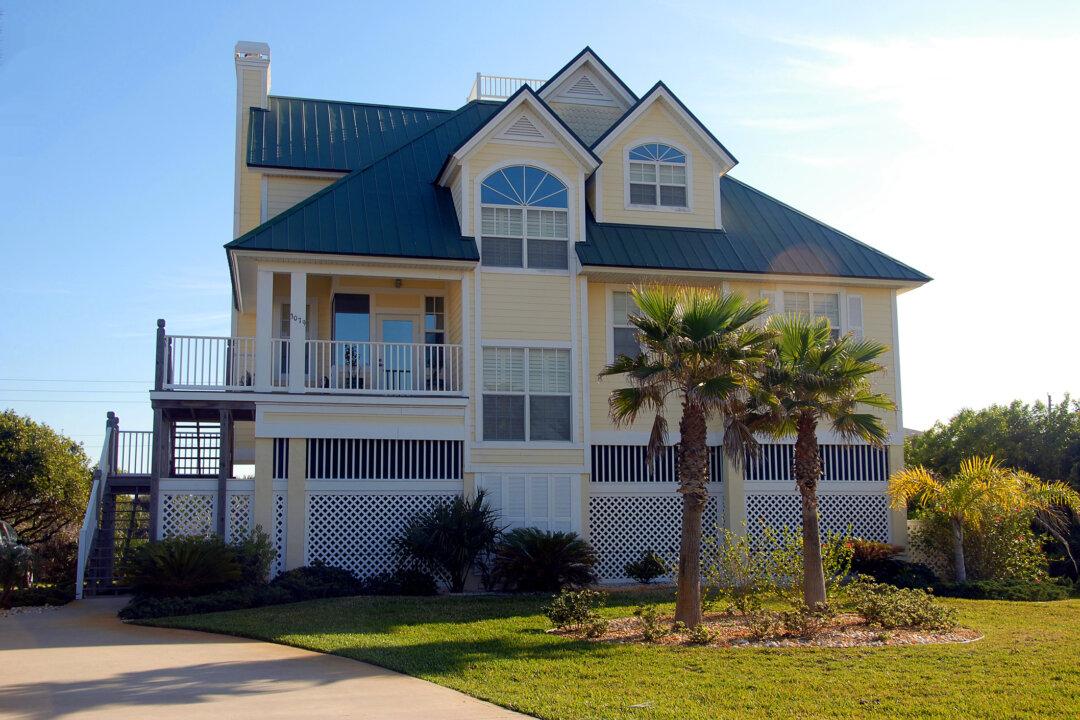The number of tourists, office workers and partyers venturing out in Chicago is ticking up, and ride-share prices are rising with them.
The surge has left many riders wondering: when will prices go back down?
Ride-share users paid an average of $26.43 per trip in June, Chicago city data shows—the highest monthly average since the city began tracking data in November 2018, and nearly $10 more than the same month in 2019.
The increase meant the average ride-share trip in June cost a little more than the average trip by taxi, which is regulated by the city. That was a reversal from two years earlier when passengers paid nearly $2 more to travel by cab.
The uptick in ride-share prices was enough to convince Mike Morgan and his wife, Elena, to rely on the “L to get around the city on a recent trip from California, though it sometimes meant waking up earlier. But midmorning one weekday they were running late, and took a ride-share the roughly 1 mile from their hotel to Navy Pier. The cost: $15.
“It’s getting to the point of where that’s not the first option now,” Morgan said.
Uber and Lyft say the high prices are due to a supply and demand problem. Riders are ready to go out, but not enough drivers have returned to the road. As drivers return, prices will go down, they said.
But it might be more complicated, said P.S. Sriraj, director of the Urban Transportation Center at the University of Illinois Chicago.
Prices will likely be tied to how quickly workers are called back to their offices, and to how comfortable travelers feel taking public transit instead of ride-shares. The return of shared rides, which were largely halted during the pandemic and returned on Lyft’s platform July 15, is likely to factor into the price, he said. Shared rides allow passengers going the same way to ride together and split the cost.
The increase in prices could also be part of the companies’ long-term plans to be profitable, he said.
“At the end of the day, they are a business enterprise,” he said.
Even if it does come down to driver supply and rider demand, don’t expect the problem to be solved anytime soon, said Joseph Schwieterman, director of DePaul University’s Chaddick Institute for Metropolitan Development.
Demand will only go up as more workers return to their offices and downtown conventions begin again, he said, and the ride-share driver shortage is likely to continue as the labor market remains tight and drivers are reluctant to return.
“This could linger on for the next year or so,” he said.
There were about 30,521 active ride-share drivers in June, a decline of about 55 percent from June 2019, city data shows.
Lyft said in a statement that it has added thousands of drivers in the past few weeks, with wait times down by more than 15 percent nationwide.
Uber is also seeking to draw back riders, and the company began a $250 million incentive program to boost driver earnings, said Robert Kellman, the company’s head of Midwest policy.
About 4,000 Chicago drivers have returned to the platform since that program launched in mid-April, but numbers remain below pre-pandemic levels, he said.
“As drivers come back, prices will go down,” he said. “So this price increase is temporary. But we understand that prices are higher than normal right now, and we’re doing everything we can to reduce them every day.”
Kellman dismissed theories that a rise in Uber’s prices are tied to the company seeking profits. The company would not have started a $250 million program if it were focused on making money, he said.
It might take more than just higher pay to draw riders back. Manny Leyva, who has driven for ride-share companies for about five years, said some drivers are reluctant to return because of carjackings in the city. Some he knows have taken other jobs they perceive as safer.
He has given rides with unusually high prices, he said, but said the high fares seem only sometimes to be passed on in his earnings.
Kellman said what drivers are paid for individual trips don’t necessarily reflect the price increases because driver earnings are based on a variety of factors, including base pay, the location of the trip and the time of day.
Increasing ride-share prices won’t necessarily translate to a boost for taxis, Sriraj said. Ride-share passengers are driven less by price and more by their comfort and the necessity of their trip, and the ride-share companies will likely withstand the price increases, he said.
“Taxis, on the other hand, are still your dad’s mode of travel, if you will,” he said.
And taxis, too, are facing the same shortage of drivers that ride-share companies are, taxi association owners said.
City Service Taxi Association has had more calls for taxi rides since ride-share prices have risen, but with fewer drivers the company has had trouble dispatching orders, said association President Comey Dilanjian.
Drivers are trickling back, but it’s been slow, he said. Out of the 350 taxis affiliated with his association pre-pandemic, about 80 are back on the road. He attributes the taxi driver shortage to enhanced unemployment benefits.
He is hoping an upgrade to the Curb app that shows upfront pricing will help taxis compete with ride-shares. And he thinks eventually, ride-share passengers will become fed up with higher prices.
“You can get away with that for so long, and then you’re going to turn your customers off,” he said. “If we can provide the services for their customers at a fair price, I think we’ll maybe gain some of that market share.”





